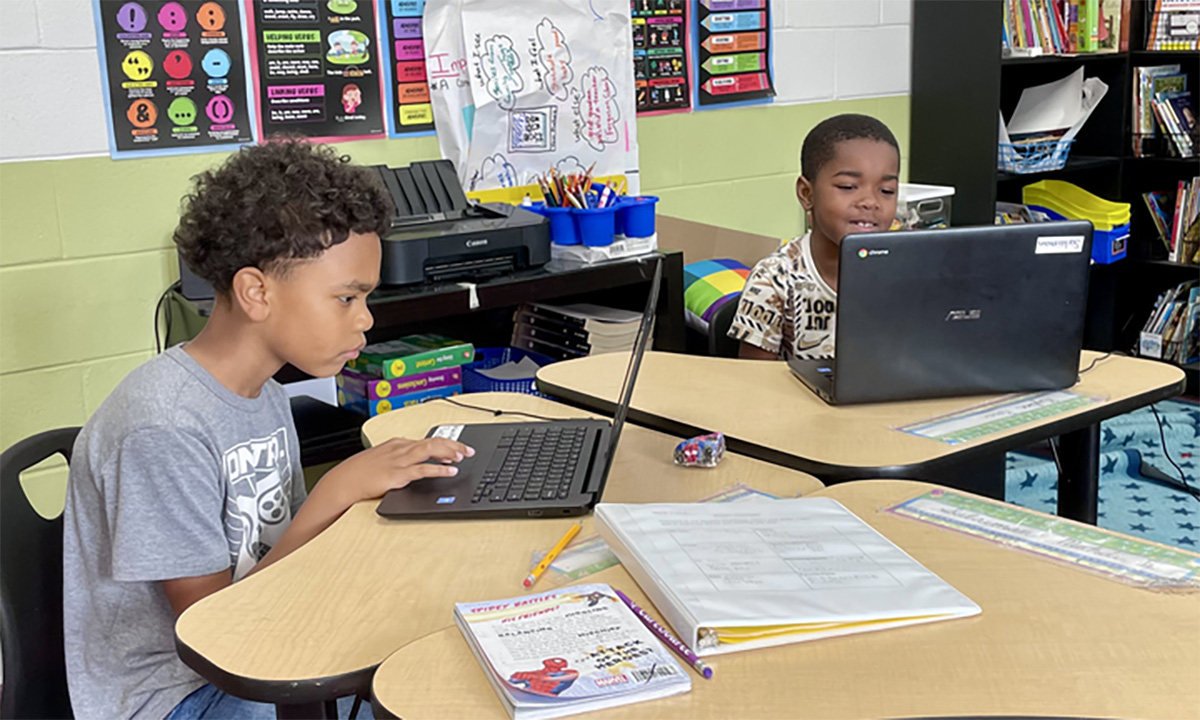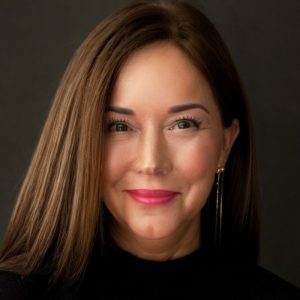Microschools Are Not Just a Trend, They’re A Turning Point
Gist, Vander Ark and Vodicka: Public school districts should offer microschools to serve students, empower educators, and address community needs.

Get stories like this delivered straight to your inbox. Sign up for The 74 Newsletter
As former superintendents who have led large, complex public school systems and worked closely with hundreds more, we know the tension between urgency and constraint that defines system leadership. We’ve each shouldered the responsibility of ensuring every student is served while navigating community aspirations, political scrutiny, fiscal constraints, and legacy systems.
We’ve seen where and how innovation thrives and where systems fall short, as even the most well-intentioned and dedicated leaders run headfirst into rigid structures not built for adaptability. We know the stakes, and we’ve seen what happens when the system cannot meet the moment.
Today’s challenges are increasingly urgent and complex. Learner gaps. Enrollment shifts. Educator shortages. Political flashpoints. Family demands. And beneath it all, a widening chasm between what students experience in school and what they need to thrive in a world shaped by automation, AI, and accelerating change.
Public microschools offer a focused, actionable path forward in this era of uncertainty and opportunity. These small, purpose-built, learning environments give public schools and their communities the power to design experiences that are deeply personalized, flexible, and malleable without waiting for entire systems to shift. They can serve students, empower educators, and address community needs.
While the idea isn’t new, today’s reality is. This is not about boutique innovation. Public microschools are a turning point and an invitation to broadly reimagine how we design for relevance and responsiveness inside public systems. They can restore the connection between what students need and what schools provide to transform how we deliver on the promise of public education.
At Getting Smart Collective, Learner-Centered Collaborative, and Transcend, we are not only observers of the microschool movement, we are active partners in shaping it. Our organizations are deeply embedded in designing, launching, and supporting microschools that are centered on learners and grounded in community context.
We came together to create the Public Microschool Playbook because we know that innovation is possible when leaders and educators are trusted to design with clarity of purpose and with learners at the center. We’ve worked alongside system leaders, leveraging public microschools to serve disengaged students, pilot bold learning models, or meet unique needs within their communities.
These efforts aren’t side projects; they’re strategic priorities that reflect a broader shift in what’s possible. These are places where educators rediscover purpose, students go from feeling invisible to being known, families are empowered, and communities are connected.
Across the country, public microschools are addressing student needs and catalyzing broader transformation across rural, suburban, and urban areas. In Pitt County, North Carolina, district leaders launched microschools that blend virtual and in-person learning to re-engage chronically absent students. In Los Angeles, microschools support youth experiencing homelessness and newcomer students through deeply personalized support and wraparound services. At Myrtle Elementary School in Lamont, California, the district created a public microschool grounded in project-based learning (PBL).
Escondido Union School District in San Diego County launched microschools at Central Elementary and Hidden Valley Middle School, which feature interdisciplinary schedules, advisory and wellness blocks, community-connected PBL, and exhibitions of learning. The early results at Hidden Valley are inspiring: Out-of-school suspensions are down 60%, attendance is up 10%, and i-Ready test scores show academic improvements in both ELA and math.
In Wisconsin, educators designed three interdisciplinary PBL-focused microschools within Kettle Moraine School High School. In Edgecombe County, North Carolina, a rural district launched a microschool to pilot a student-centered model grounded in identity, community, and purpose. What began with 30 students led to multiple design iterations, ultimately transforming the student experience at North Edgecombe High School and Phillips Middle School, serving hundreds of students in grades 6 to 12, and inspiring redesign efforts across the district rooted in belonging and relevance.
Demand is growing for resources to support the creation of public microschools like these. As we’ve begun to share the playbook with leaders nationwide, their response has been clear: Microschools offer a realistic and hopeful path forward. System leaders recognize the need to transform how learning happens, but they’re also navigating constraints that can make wholesale change feel out of reach. Public microschools meet this moment by making it possible to start small, stay grounded in community needs, and move more rapidly toward meaningful, learner-centered innovation.
The Public Microschool Playbook is a practical guide for leaders who are ready to move from idea to action. It walks through three critical phases: planning, designing, and implementing. Each section includes guiding questions, tips, and real-world examples to support thoughtful design and strategic decision-making. There are strategies for leveraging policy flexibilities, designing staffing and scheduling models, aligning new approaches with financial plans, and launching with a strong culture and clear purpose. Attention to opportunity and access is woven throughout, helping ensure that microschools are designed to serve the students who need them most.
Public microschools are among today’s most promising strategies for creating a future-aligned education system. They allow leaders to create focused, learner-centered environments that can inform and inspire broader transformation across the system. The playbook is available in multiple formats to meet leaders where they are at various entry points.
The work can’t wait. And neither can we. Use what you need. Share what you learn. And let’s keep building the future of public education together.
Explore the interactive digital version, download the 75+ page PDF, or use the editable digital workbooks. Access everything and sign up to receive updates at: publicmicroschools.com
The 74 and Getting Smart both receive financial support from the Bill & Melinda Gates Foundation, Carnegie Corporation of New York, Stand Together, Walton Family Foundation and XQ Institute.
Get stories like these delivered straight to your inbox. Sign up for The 74 Newsletter

;)
